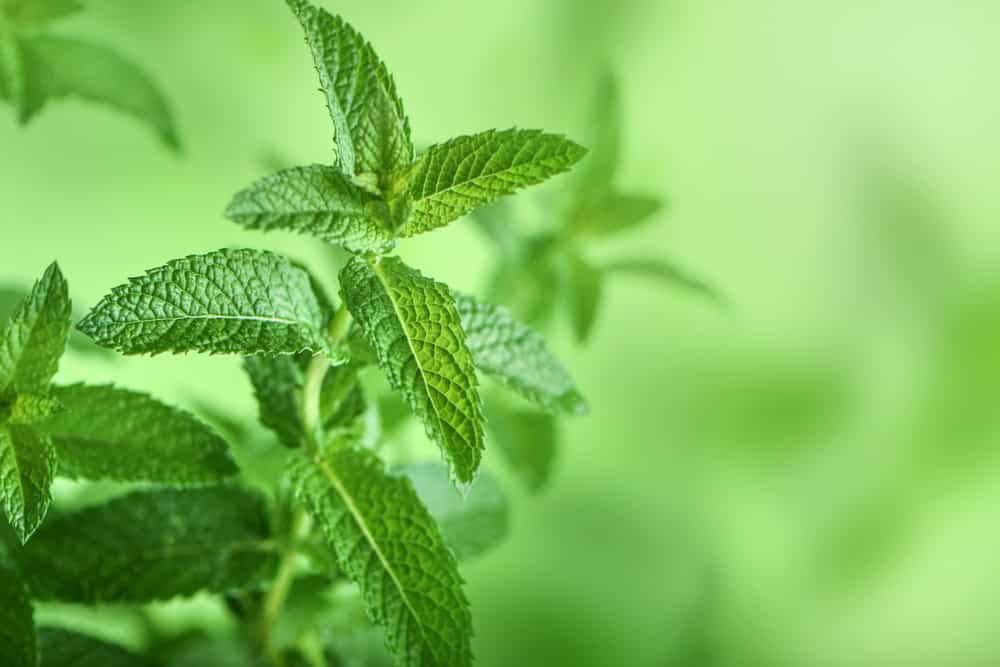
Mentha or also commonly known as mints are plants from the family Lamiaceae. These are small herbs that come in several varieties that you can choose from. Though, you should note that most of these are quite similar which is why it can be difficult to distinguish between them. It is mostly estimated that there are about 24 species, but some people think that there are more. With that being said, you should note that the different types also have unique benefits and uses.
This is why you must select a plant that will work best for you. People can make herbal teas with these mints or have fragrances that will make their gardens attractive. There are also some requirements that you need to take care of when growing the herbs. Considering this, some users question how mint grows in shade. If you are also wondering about this, then going through this article should help you in gathering some relevant information.
Mint in Shade
The different varieties of mint don’t only have unique features on them but the requirements to keep them healthy also vary. This is why when answering how mint grows in shade, the answer might slightly vary depending on the species you have in your garden. Although, in most cases, mints thrive when placed under sunlight. It is recommended that your herbs get about 6 to 8 hours of direct sunlight every day.
If you have a spot where the plants can get even more hours of light, then it can be even better for them. Keeping this information in mind, people can notice that mints usually grow best placed under sunlight. However, one common issue that you can also run into is having small black spots form on the leaves of your herb. This usually happens when the plant has been placed under strong sunlight that has started to dry its leaves. You can try to prevent this by keeping the soil around your herb moist.
But make sure that you have proper drainage as too much liquid can also contribute to killing your plant. Yet, in some cases, even if you have tried all the steps mentioned above, the scorching heat might still damage the leaves on your mint. If you notice this happening, then you should move your herbs under partial shade. When doing so, you have to still ensure that your plant is getting a minimum of 2 to 5 hours of sunlight.
This can be ideal for people living in warm temperatures where the sunlight gets too strong. Depending on the weather conditions, you can try changing the spot of your mint plants several times over the year. This works best if you are trying to grow the plant inside pots. Talking about this, some people also wonder if growing mints indoors is a good option. If you are thinking about this, then make sure that you place the herbs near a window or ventilation spot where sunlight can come in contact with it.
Artificial lighting also helps but this is not enough to provide your plants with all the nutrients required. People can try using fertilizers and special chemicals in the soil to keep the mints healthy and full of minerals. Though, this should only be done if you have no other options. The main issue with this method is that your plant will still be a lot weaker when compared to a mint grown under sunlight. Furthermore, the plants will not last you a long time as they will start drying out within a year at most.
Finally, one more thing that you should note is that there are also some varieties of mint that can grow in shade without any issues. When it comes to them, you can keep them healthy as long as you keep all the other requirements in check. These are a great option for people who live in an area where getting direct sunlight for long durations is an issue.
You can simply look for mints that can grow under shade and plant them in your garden. An important thing to look out for when growing these plants is that you keep the soil around them moist and full of minerals. Additionally, the fertilizers should be added every month for the best effects.
